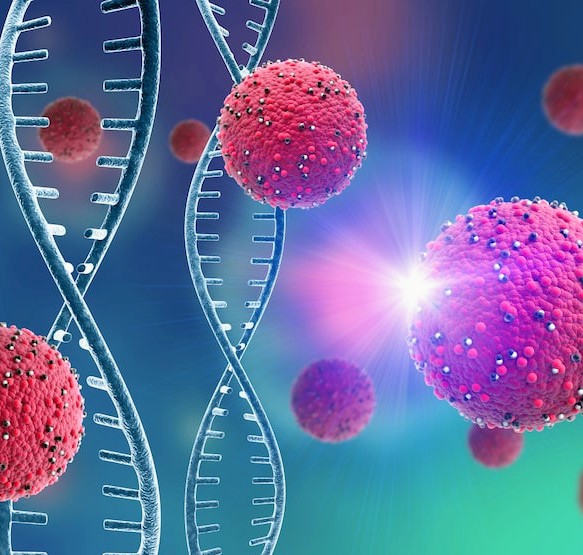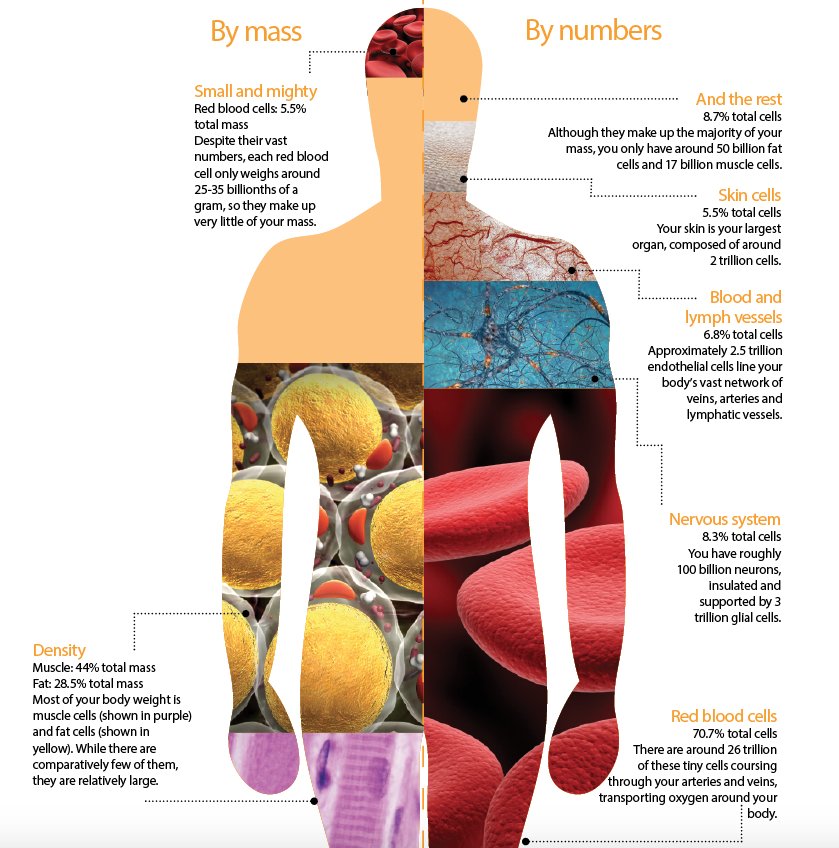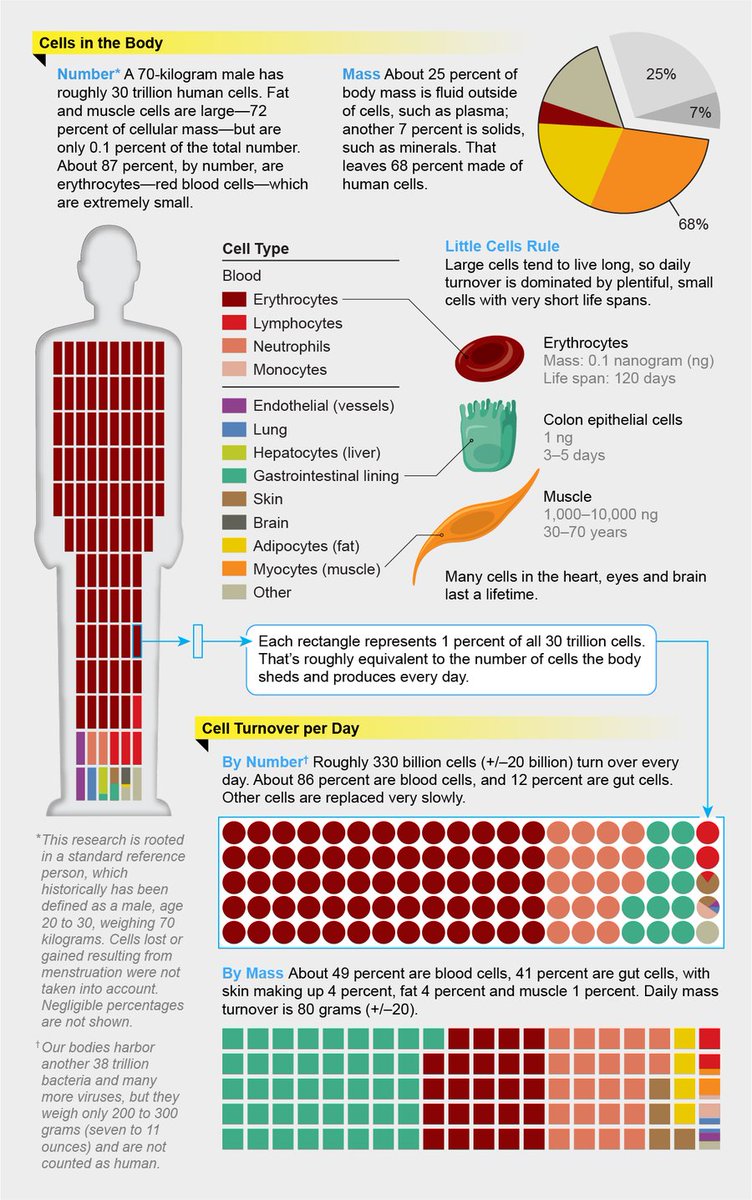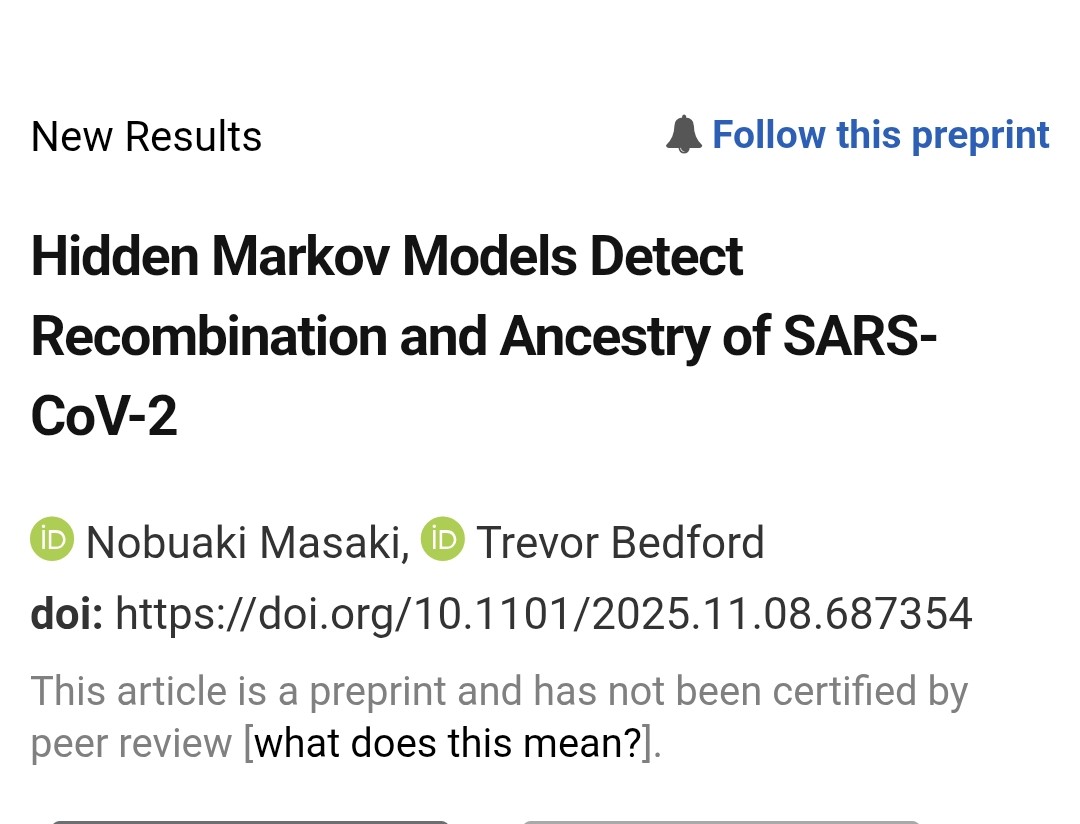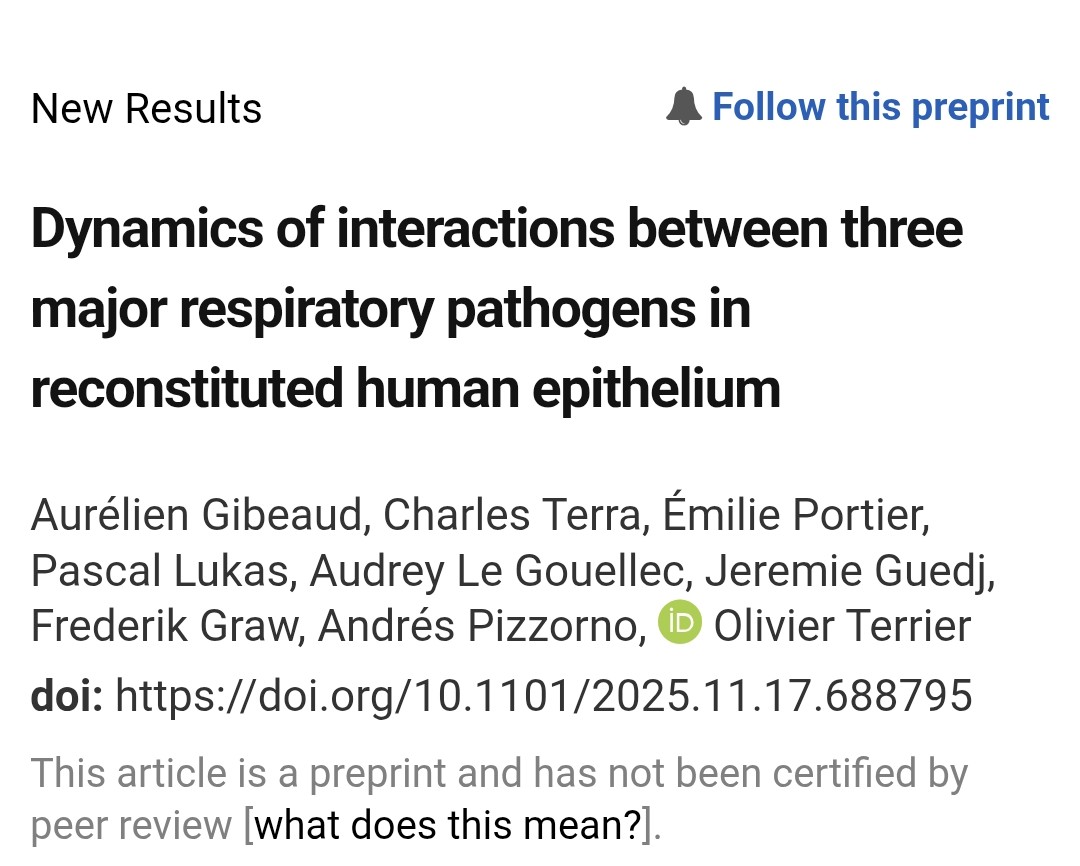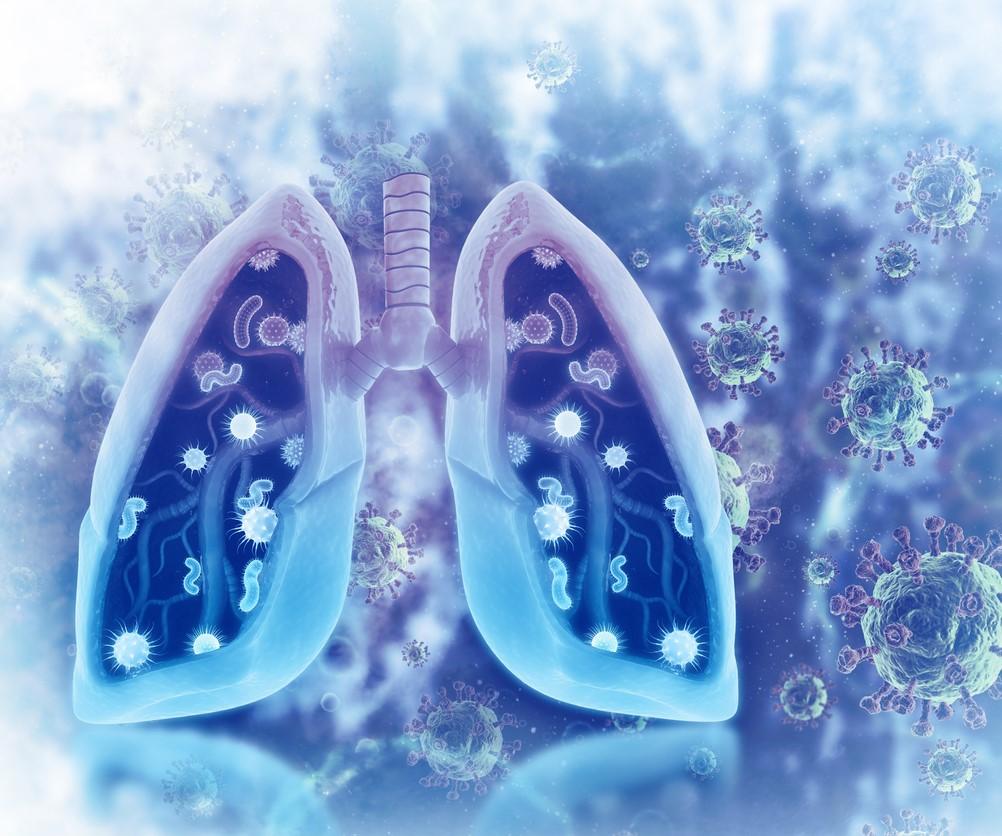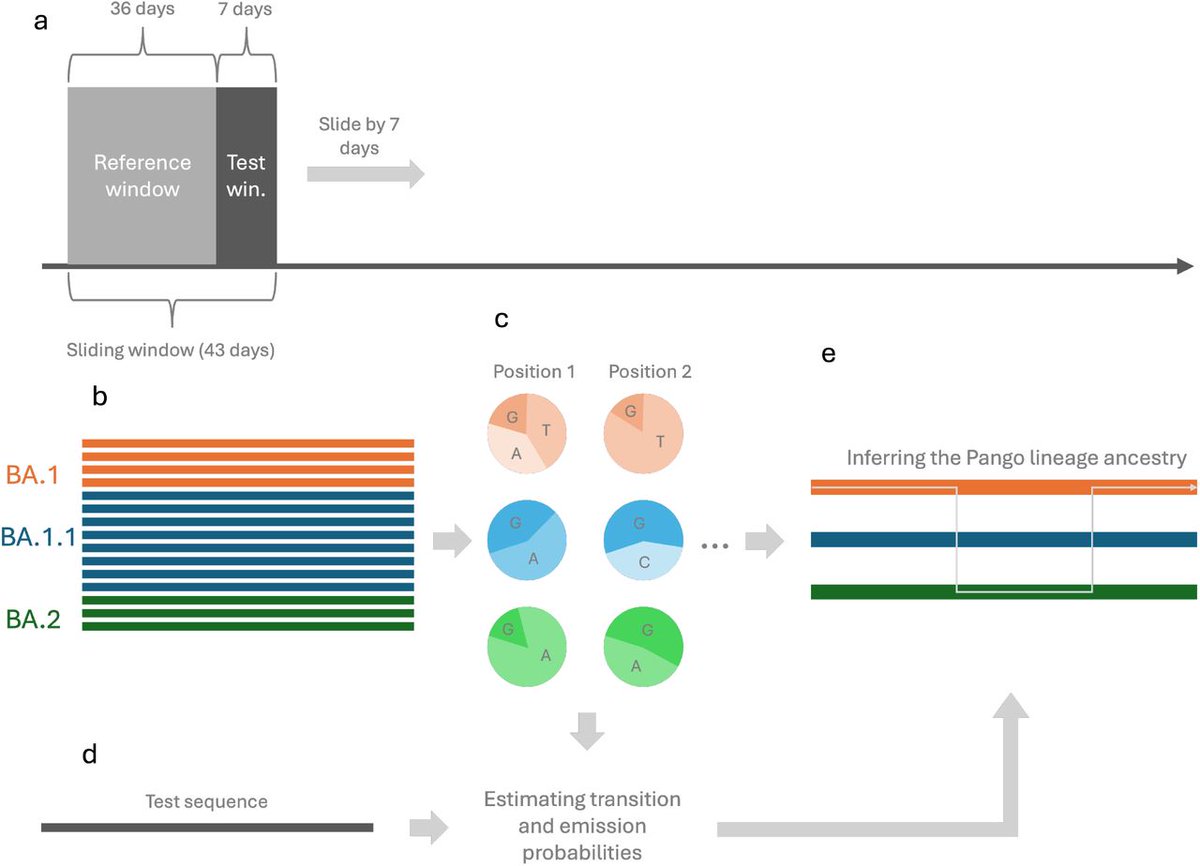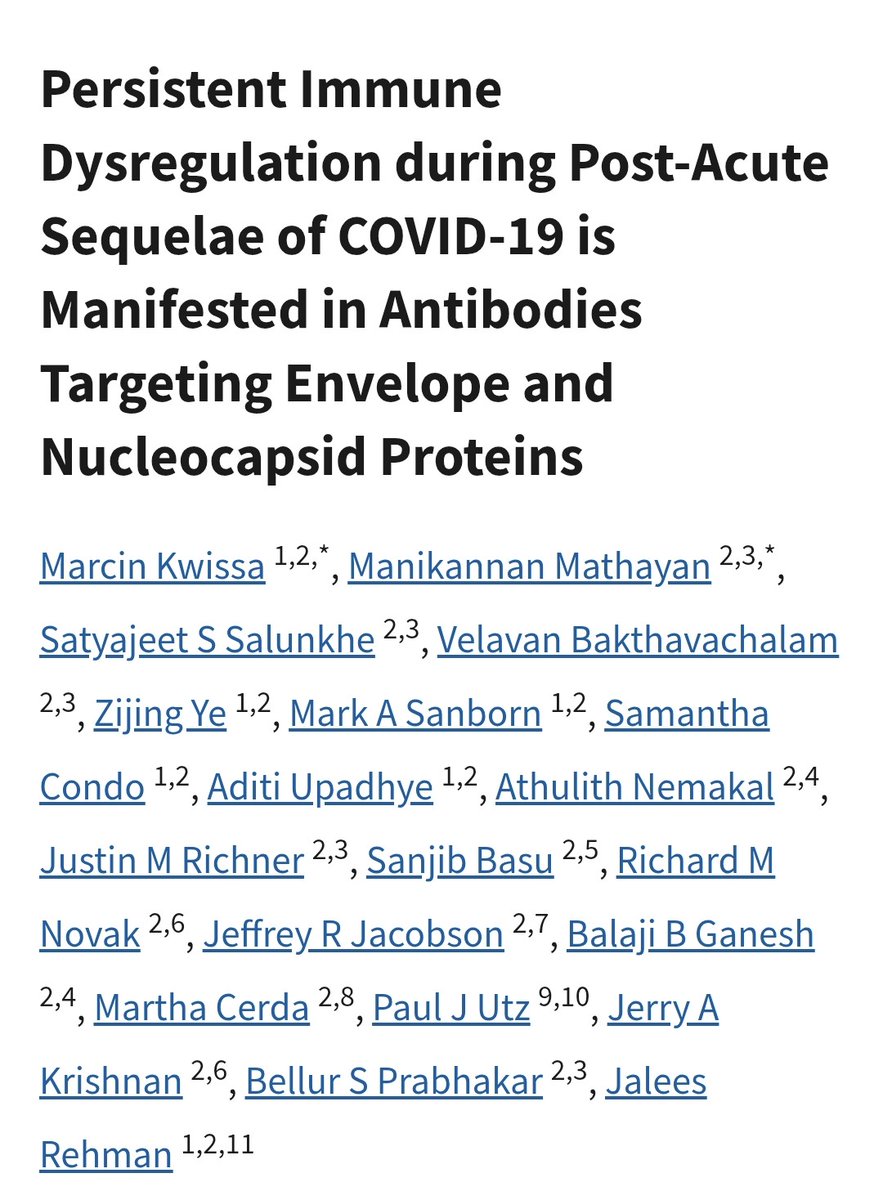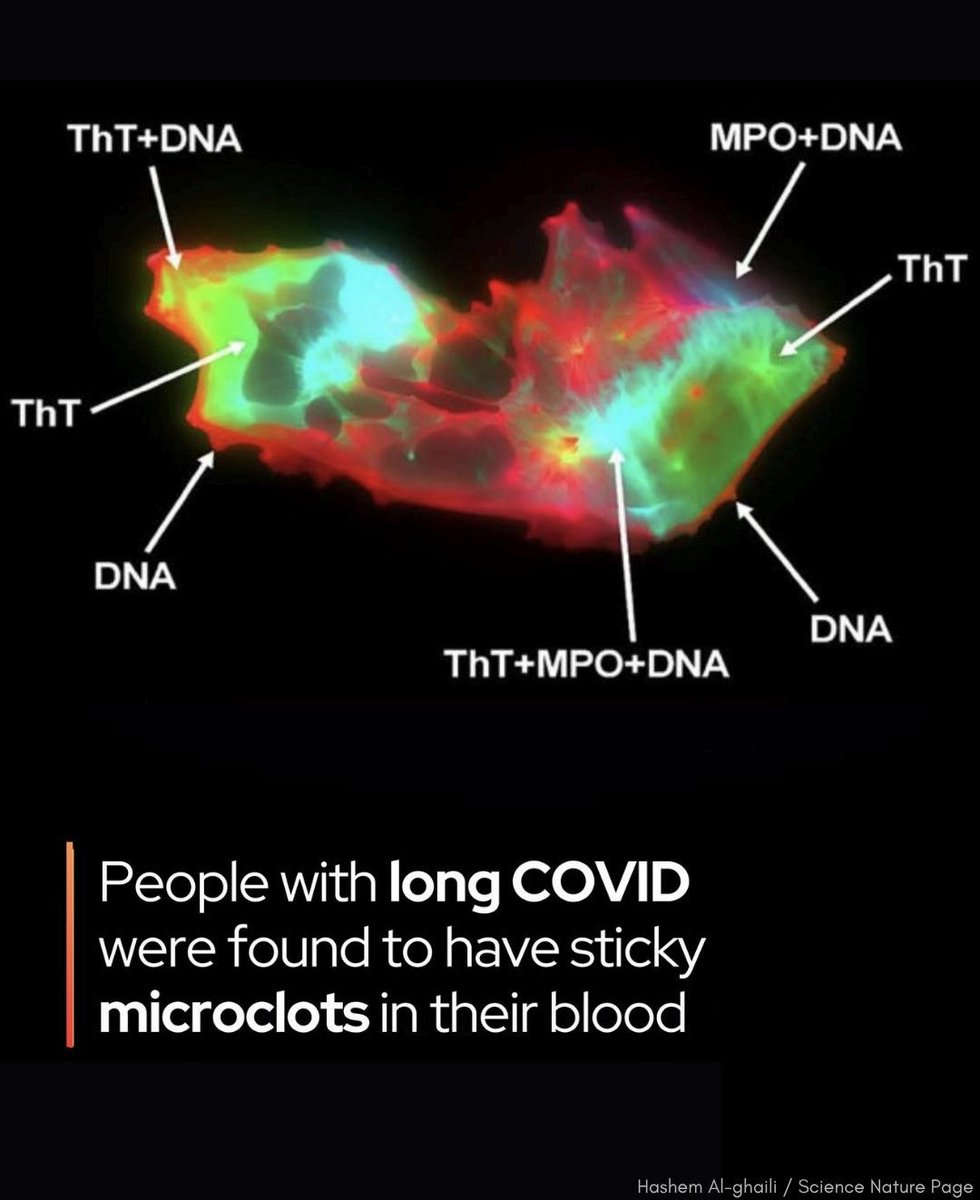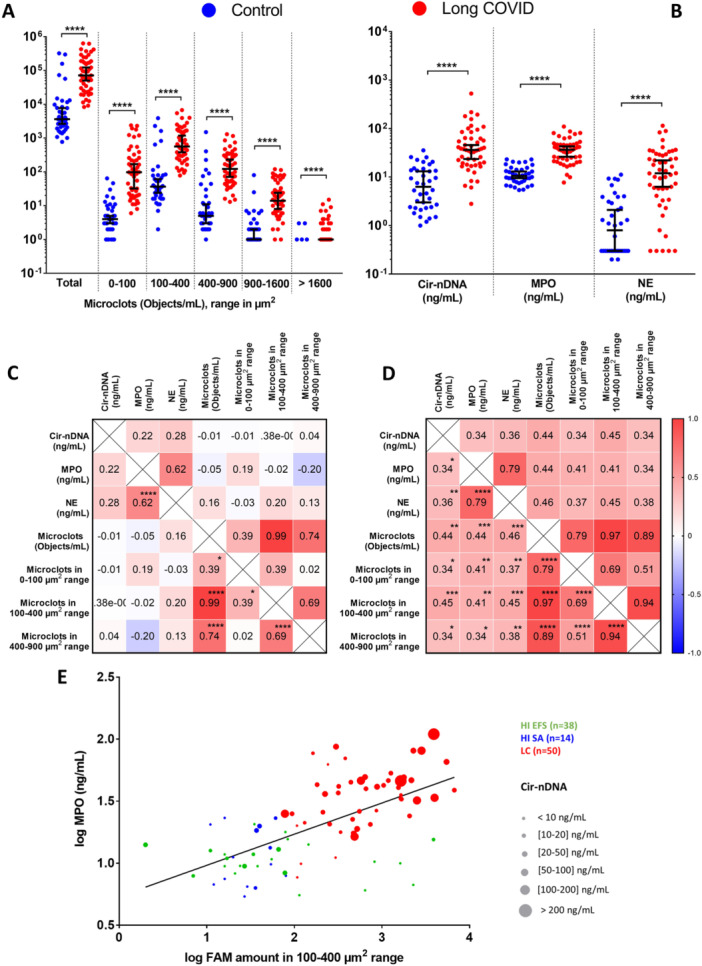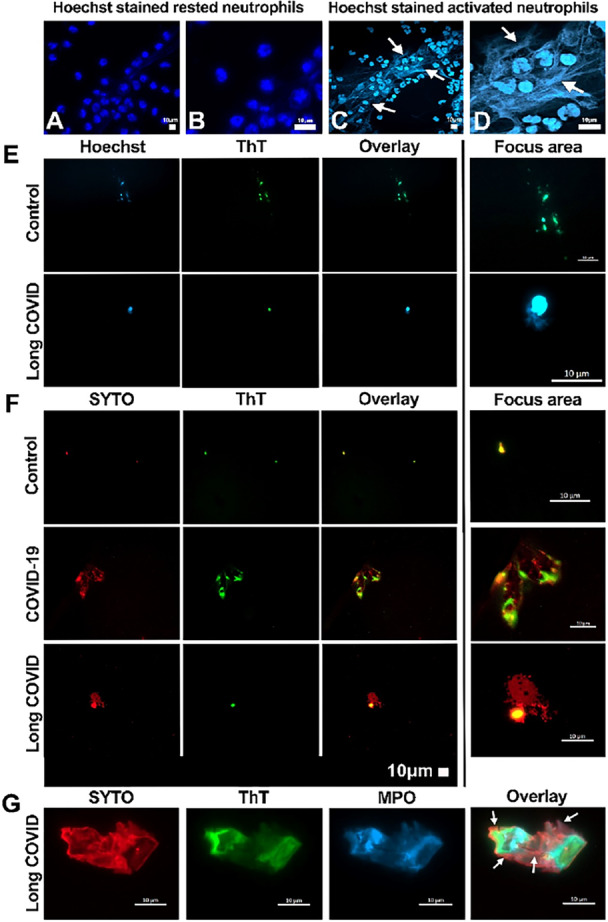𝗧 𝗖𝗘𝗟𝗟𝗦, 𝘁𝗵𝗲 𝗱𝗶𝗳𝗳𝗶𝗰𝘂𝗹𝘁 𝗯𝗮𝘁𝘁𝗹𝗲 𝗼𝗳 𝗦𝗔𝗥𝗦-𝗖𝗢𝗩-2 𝗜𝗡𝗙𝗘𝗖𝗧𝗜𝗢𝗡 𝗪𝗔𝗥𝗥𝗜𝗢𝗥𝗦
(5th 𝘱𝘢𝘳𝘵)
𝘓𝘖𝘕𝘎 𝘊𝘖𝘝𝘐𝘋 𝘢𝘯𝘥 𝘵𝘩𝘦 𝘛 𝘊𝘌𝘓𝘓𝘚 𝘋𝘠𝘚𝘙𝘌𝘎𝘜𝘓𝘈𝘛𝘐𝘖𝘕
(5th 𝘱𝘢𝘳𝘵)
𝘓𝘖𝘕𝘎 𝘊𝘖𝘝𝘐𝘋 𝘢𝘯𝘥 𝘵𝘩𝘦 𝘛 𝘊𝘌𝘓𝘓𝘚 𝘋𝘠𝘚𝘙𝘌𝘎𝘜𝘓𝘈𝘛𝘐𝘖𝘕

2) This study, that we posted in 2023, was finally published in 2024.
Researchers studied 43 individuals who had cleared SARS-CoV-2 infection (recovered, R group) and individuals experiencing persistent symptoms at least 8 months after infection (long COVID, LC group).
Researchers studied 43 individuals who had cleared SARS-CoV-2 infection (recovered, R group) and individuals experiencing persistent symptoms at least 8 months after infection (long COVID, LC group).

3) Multi-omics analyses including CyTOF, flow cytometry, RNA-seq, single-cell RNA-seq and serology were performed on blood samples from these individuals.
The LC group showed systemic inflammation and immune dysregulation. T cell subset distribution was perturbed ...
The LC group showed systemic inflammation and immune dysregulation. T cell subset distribution was perturbed ...

4) ...with higher frequencies of total and memory CD4+ T cells, follicular helper T cells and regulatory T cells in LC individuals.
SARS-CoV-2-specific CD8+ T cells from LC individuals preferentially expressed exhaustion markers PD-1 and CTLA4.
SARS-CoV-2-specific CD8+ T cells from LC individuals preferentially expressed exhaustion markers PD-1 and CTLA4.

5) Higher SARS-CoV-2 antibody levels were also found in LC individuals.
CD4+ T cells from LC individuals preferentially expressed tissue-homing chemokine receptors CXCR4, CXCR5 and CCR6.
CD4+ T cells from LC individuals preferentially expressed tissue-homing chemokine receptors CXCR4, CXCR5 and CCR6.

6) Coordination between humoral and cellular immune responses to SARS-CoV-2 was lost in LC individuals.
Bulk and single-cell RNA-seq identified upregulation of genes involved in heme biosynthesis and inflammation in LC individuals.
Bulk and single-cell RNA-seq identified upregulation of genes involved in heme biosynthesis and inflammation in LC individuals.

7) The findings suggest persistent inflammation, immune cell dysregulation and a mis-coordinated adaptive immune response in long COVID, which could underlie its debilitating symptoms. 

8) In summary, the paper provides evidence that long COVID is characterized by systemic inflammation, perturbed immune cell profiles and loss of coordination between the humoral and cellular immune response to SARS-CoV-2.
Thanks for reading 🙏
Thanks for reading 🙏
• • •
Missing some Tweet in this thread? You can try to
force a refresh


